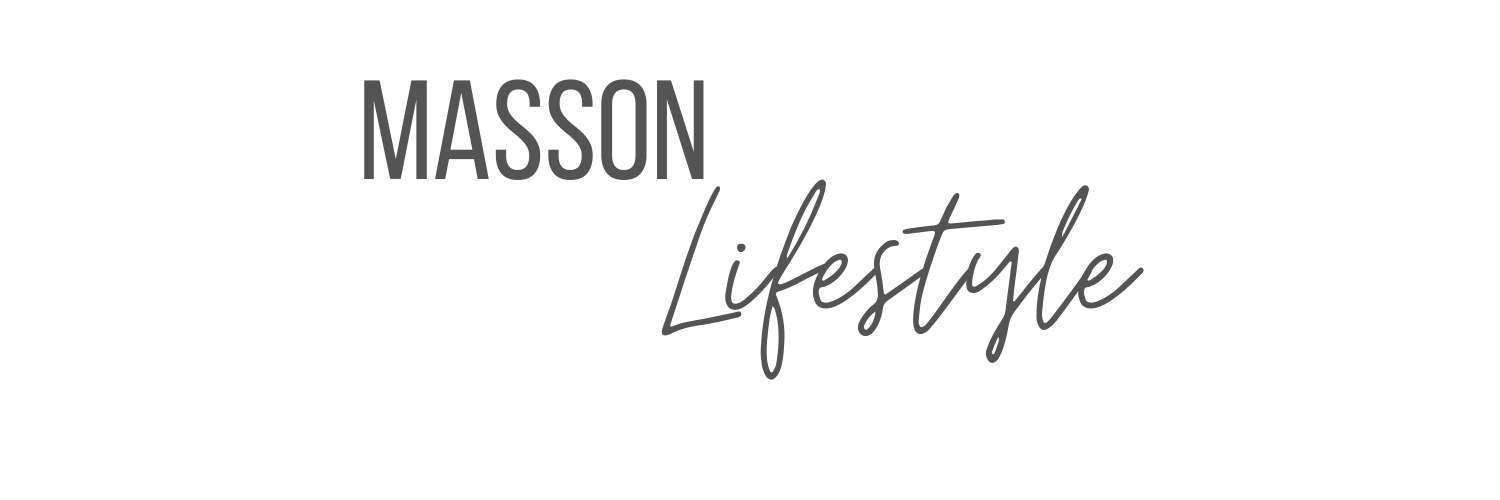Working with Knit Fabrics
If you are working with knits there are a few things to keep in mind. Here are some tips and tools to help you tackle working with knit fabrics and set yourself up for success and avoid frustrations.
Walking Presser Foot
This presser foot is a game changer, life changer whatever you want to call it, but it makes sewing with knit fabrics so much easier as it helps to feed the fabric on your sewing machine from the top, whilst your sewing machine helps it feed it from the bottom. Cue the angels music! Knits stretch and when you are sewing with them with a regular foot they will stretch but this presser foot helps. Check your sewing manufacturer for their recommendations but here is a walking foot link for the one in the video.
Sewing Needles
Use the right sewing needles for the fabric that you are sewing. Not only is it important that you use the correct sewing machine needle for the fabric you are using but also that you also change them after sewing with them. Machine needles get dull over time with usage, so not only use the right needle for the fabric but after a while, change it too. Sewing needles break and the last thing you want is a sharp broken needle tip near your face or your eyes. So change those needles!
For knit fabrics we recommend either Jersey needles (aka ballpoint needles), Stretch needles or Universal sewing needles. It also depends if you are sewing with lightweight fabrics, mid weight to heavier knits. Schmetz has a great Schmetz Needles app you can download, Look for the fabric you are sewing and they give you the size of the needle to use. It doesn’t get any easier than that.
Straight or Zig Zag stitch?
You want to use a zig zag stitch when you are working with knits. Why? Well knits stretch and if you use a straight stitch eventually your stitches will break. Bummer! In the video I explain when you can use a straight stitch when working with knits BUT if you are new and when in doubt just use a zig zag stitch that is between 2.5 to 3mm long.
Finishing your Raw Edges and Seam allowances
The good news is that knits do not unravel like a woven fabric would, which means you don’t have to finish your seam allowances. But if you are like me and like to see a finished seams to your garment then you can either use a set of pinking shears to trim your seam allowances. Another option is to trim and use a zig zag stitch to finish your seam allowances. Last but not least you can also use a serger (or overlocker) to trim and serge your seam allowances. It requires a different machine, you don’t need one but if you can invest in one I highly recommend that you do.
Do you want to learn more about sewing with knit fabrics? I highly recommend a book by Tilly Wallnes called “Stretch - Make Yourself Comfortable Sewing with Knit Fabrics” It has lots of tips, illustrations and knit fabric patterns.
As an Amazon Associate I earn from qualifying purchases. What the heck does that mean?! It means that if you click on the links above and you make a purchase I earn a small commission from it.

